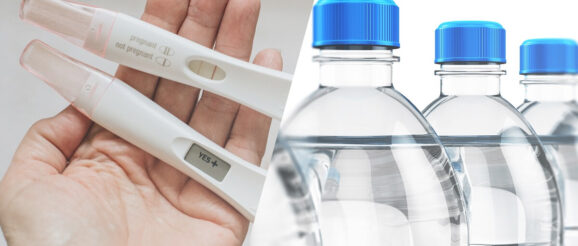How to hit the innovation sweet spot and why it’s not all that straightforward – Board of Innovation

The desirability driver of water bottles is as clear as the liquid in them: providing clean water in a convenient way for customers. These products have proven to be highly viable, since they create recurring revenue for the manufacturer. However, if you look at the more eco-friendly alternatives, such as Dopper, you will see that this is not the case – customers buy one bottle and continue to fill it, drying up any recurring revenue streams.
The feasibility of the concept is outstanding as well: it is relatively cheap and easy to produce, thanks to ever evolving plastic bottling technology. But the catch is clearly the integrity aspect: the product’s negative impact in terms of waste and resources, as well as other SDG objectives, puts it at odds with maturing environmental and climate laws.
Water bottle producers face many challenges, and unless they meet the public’s expectations for durable, nature-friendly and zero-impact alternatives, they might suffer regulatory consequences in the not-so-distant future.
